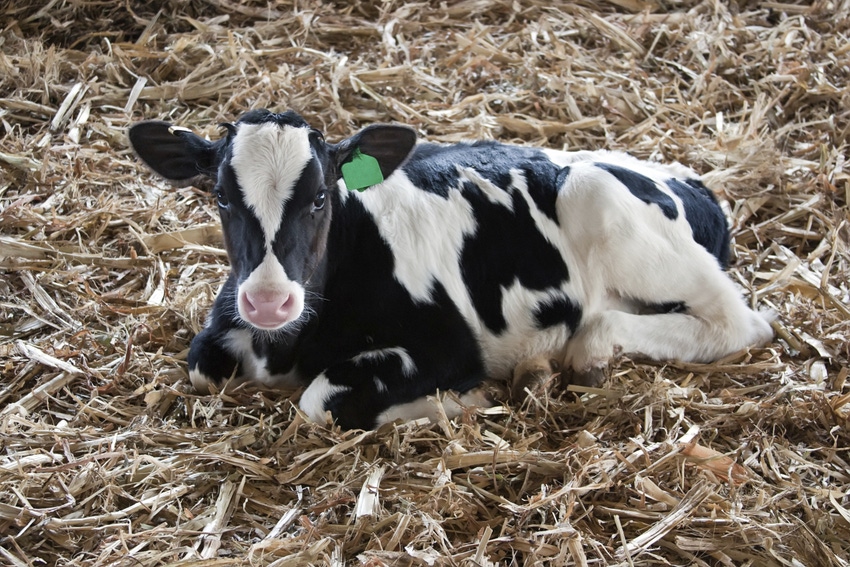Subscribe to Our Newsletters
Feedstuffs is the news source for animal agriculture
Detecting respiratory disease symptoms early in a calf’s life can help prevent chronic infections and lead to better future lifetime productivity.
January 13, 2017

You May Also Like